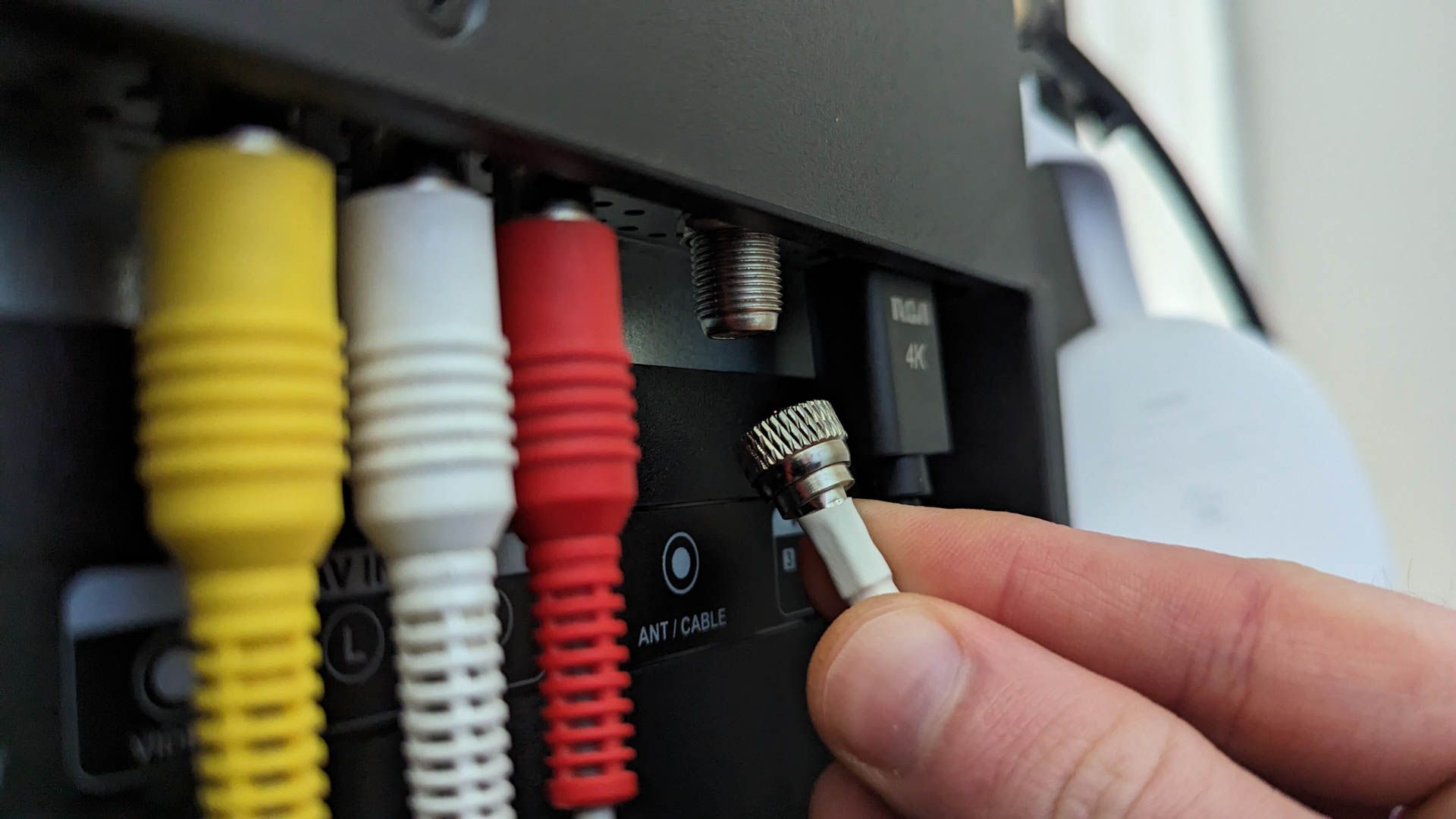
ATSC 3.0, also known as “NextGen TV,” is the new emerging standard for over-the-air television broadcasts in the United States. The rollout hasn’t been going well, but there’s finally some good news: the new technology won’t break DVR devices like ZapperBox and HDHomeRun.
ATSC 3.0 has been in the works for a few years now, with the goal of bringing 4K broadcasts to over-the-air (antenna) TV at up to 120 FPS, HDR, improved audio, and support for interactive content. You can already watch ATSC 3.0 TV in some areas, as select channels are simultaneously broadcasting ATSC 1.0 (regular OTA TV) and 3.0 signals. However, the bright future of NextGen TV hasn’t quite panned out. Some channels started enforcing DRM, causing some TVs and DVRs compatible with ATSC 3.0 to revert back to the ATSC 1.0 streams. LG said it won’t sell new TVs with ATSC 3.0 starting in 2024, due to legal disputes over patents.
There’s now a sliver of good news for ATSC 3.0: DRM isn’t going away completely, but it will be less restrictive. A3SA, the industry group responsible for ATSC 3.0 security features, announced that it “has approved a set of ‘encoding rules’ for encrypted broadcasts that are simulcast with ATSC 1.0 broadcasts.” If a channel uses DRM on ATSC 3.0, it can’t prevent TVs and set-top boxes from recording the content or blocking the use of pause, rewind, fast-forward, or ad-skipping. There also can’t be any restrictions on the video output, like HDMI encryption.
The new rules may have been the result of a petition organized by Lon Seidman (the person behind Lon.TV), which called for DRM to be completely removed from ATSC 3.0 broadcasts. The petition explains, “We need to act to stop the mass encryption of free over the air TV. We the people granted broadcasters the right to use our public airwaves for the public good and those broadcasts should remain free and open.” It has nearly 9,000 signatures as of the time of writing.
The new rules might be a sigh of relief for over-the-air television viewers, but the exact wording says the rules apply to “broadcasts that are simulcast with ATSC 1.0 broadcasts.” In other words, once channels turn off their ATSC 1.0 signals, there might be additional restrictions on DRM content. The FCC has said that channels must continue broadcasting ATSC 1.0 until July 17, 2023 at the earliest, though that timeline might change in the future.
Even if the DRM on ATSC 3.0 channels isn’t too invasive, the technology is still on shaky ground. LG dropping support was a significant blow to NextGen TV, and it’s possible other TV manufacturers might do the same. Free and accessible over-the-air TV is arguably more important now than ever, as cable TV prices and carriage disputes continue to escalate, and NextGen TV is still a downgrade in some respects.

